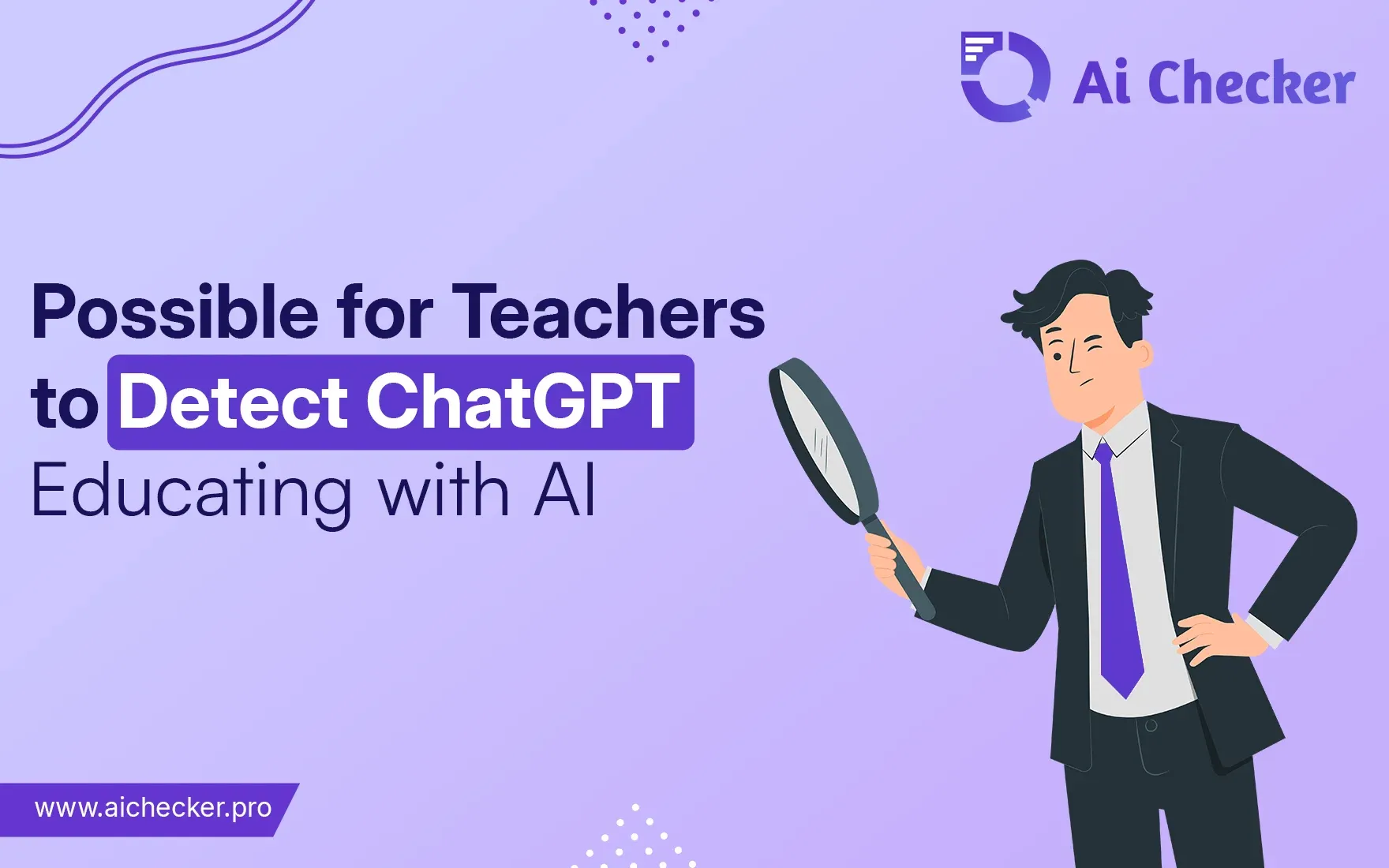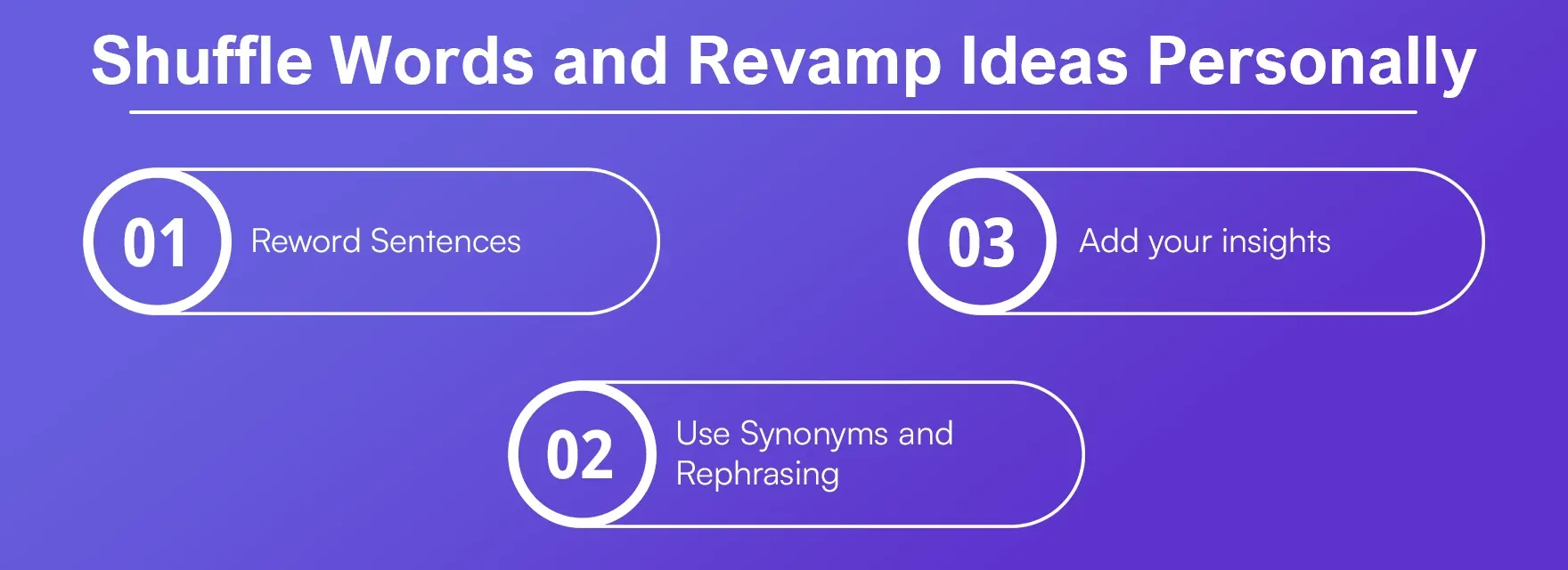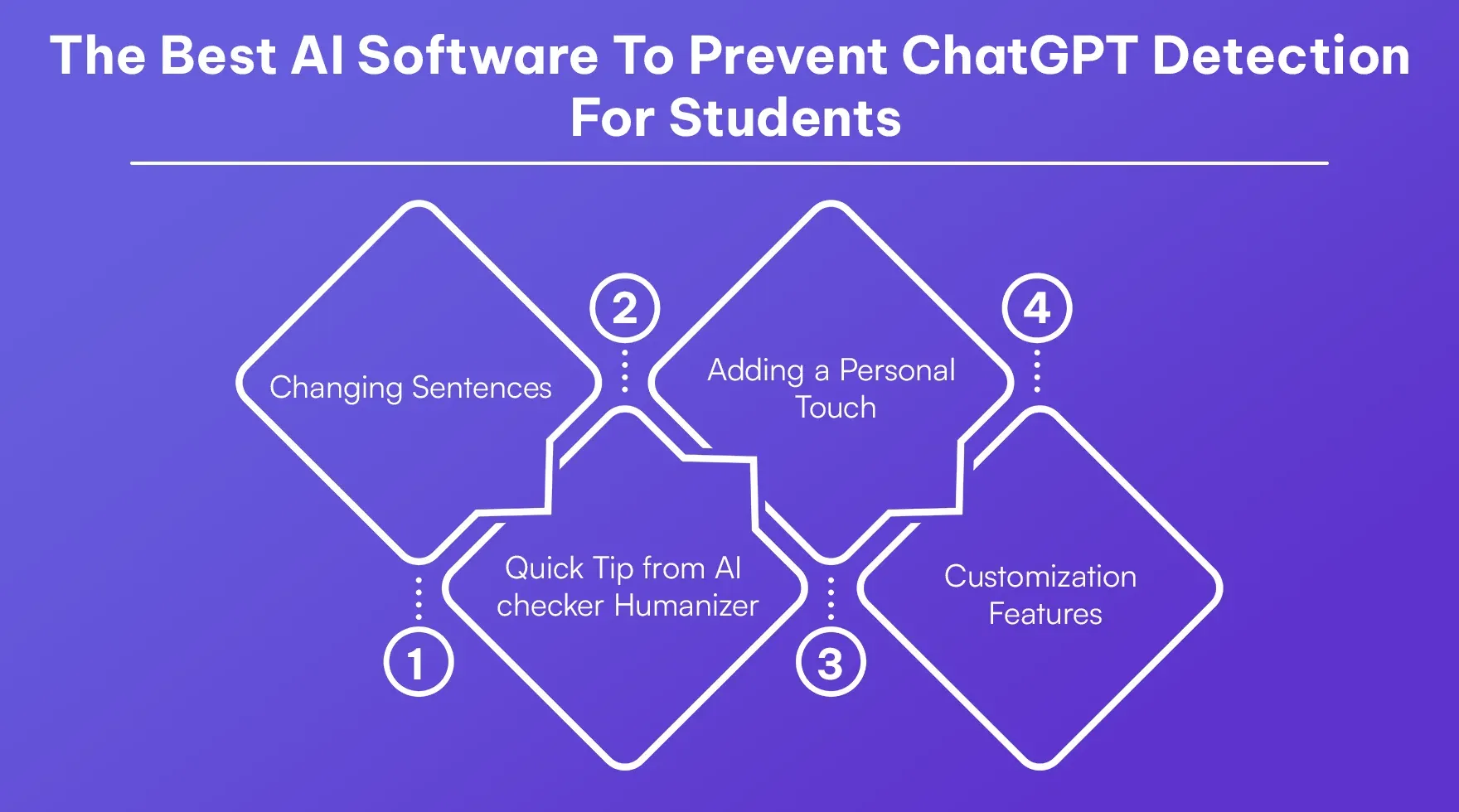Sign In
Welcome to AI Checker Sign in to continue your exploration of our platform with all its exciting features.
Forgot Password?
Don’t have an account ? Sign Up
Forgot Password
We'll Send You An Email To Reset Your Password.
Back to Login
Sign Up
Embrace the Future with AI Checker Sign up now and let's rewrite the possibilities together.
Already have an account? Sign In
Enter OTP
We'll send you an email to reset your password.
Back to Login
Enter OTP
We'll send you an OTP on your registered email address.
Back to Login
Confirm Password
Please enter your new password.
Is it possible for teachers to detect chatgpt?
 Megan Harris
Megan Harris
TABLE OF CONTENTS
Quick Summary
Understanding ChatGPT and AI Technology
Can Teachers Detect ChatGPT?
Is it possible for educators to spot ChatGPT?
Do Schools Catch ChatGPT?
Are Universities able to recognize ChatGPT code?
How not to get caught?
Conclusion
FAQs
AI tools like ChatGPT are revolutionizing our ability to learn fast. They’re everywhere in education right now. They make learning fun for students, they do higher-order thinking for students, and they give teachers feedback. But, they also present issues of honesty with schoolwork, so teachers aren’t just using red pens anymore… they’re teaming up with the latest tech to maintain academic honesty.
Teachers often ask. Can we identify text generated by ChatGPT? Can detection tools detect the sophisticated language model behind ChatGPT? What happens when AI meets software meant to uncover it?
This one is about AI in education – and how it affects teaching. Let’s dive into this. Can teachers tell if it was written by ChatGPT?
Quick Summary
AI technology, specifically ChatGPT has transformed the way students handle assignments and study materials. As much as it has a lot of advantages, it is also becoming challenging to keep academic integrity. Teachers and institutions are working on ways to detect such content.
Understanding ChatGPT and AI Technology
ChatGPT is an AI language model created by OpenAI that generates text based on the prompts given to it, and machine learning models used by these tools generate responses that are logical and contextually appropriate. Its applications are limitless, all the way from customer service to articles, and students use it more and more in connections with their education. It gets pretty problematic however with plagiarism and academic integrity.
Can Teachers Detect ChatGPT?
Teachers are becoming sharpe at detecting AI-written text. No matter how good an AI like ChatGPT might be in terms of writing at human-level, there are subtle patterns and giveaways that expose it. For instance, the teacher may notice an absence of personal voice or some phrasings / overly formal language that simply doesn’t sound like the student. Additionally, there may be a lack of certain deep understandings about a topic that a human writer would obviously possess.
Is it possible for educators to spot ChatGPT?
Experienced teachers (especially those with a strong knowledge base in a content area) can often spot work that has been generated by an AI when they read it. They do this by reading the work closely, first of all. Sometimes they use software that scans for plagiarism, and now also AI-generated writing. This tool compares a student’s submission to known examples of AI and underlines any similarities. Teachers also scan the level of analysis and reasoning in a submission – something that would be difficult for an AI to mimic effectively.
Do Schools Catch ChatGPT?
Schools are trying a variety of methods to detect AI-generated content. They use AI detection software. They conduct awareness sessions for faculties on AI writing and its limitations. They train teachers to identify AI-generated texts by looking out for a common sentence structure or the absence of personal opinions. In fact, some schools are teaching the responsible use of AI as well so that students make correct use of such tools.
Are Universities able to recognize ChatGPT code?
Colleges are apparently the most likely to detect if content is made by AI because they use the most sophisticated machine learning. They’ve made attempts at increasing the effectiveness of AI detection, so I’d assume they’re pretty up-to-date with it. Also, colleges obviously want to maintain academic integrity and I’m sure would discourage students from using AI to complete their work.
Read more, How Do Colleges Detect AI Writing in Essays?
How not to get caught?
While AI tools like ChatGPT can be very helpful for students, it is really important to use them ethically and responsibly. So here are some detailed tactics to avoid getting caught with AI-generated content:
Do Not Let ChatGPT Do All Your Homework
While ChatGPT can be a great tool for helping to generate ideas and an outline, it's still crucial that most of the writing is in your own words. If you rely too heavily on model-written content, it will likely be both pretty easy to detect and you'll get less out of the exercise – here's why:
It represents your work and ideas: Your assignments are a reflection of your knowledge of the material and your voice. I can tell when you’ve copied someone else’s ideas because you aren’t writing about things in a way that only you would do.
It’s beneficial for learning. You’re more likely to remember what you researched, wrote, and edited. If anything, use AI to help you brainstorm but produce your own work.
Not GPT-3.5; use GPT-4
If you do decide to go with AI, it’s probably best to use the latest iteration — GPT-4, and there are several reasons for this:
Advanced Capabilities: GPT-4 is much advanced in text quality than its previous versions, it has been improved in terms of contextual understanding and generates more natural language.
Less detectable patterns: This one may have less to do with our text completion mechanism reaching a new threshold than old models like GPT-3.5 simply having much more regular and repetitious patterns in their samples. These are comparatively rare in GPT-4 though, as the Heterogeneous recursive structure means there is not a lot of egregiously recognizable text that jumps out as AI-written.
Run Your Work through an AI Detection Tool Before Submitting
Of course, this would be a key step: to check your work with an AI detection tool before submitting any assignment that involved the use of AI. Here is how this step helps:
Identify AI-Generated Content: AI detection tools can go through your text and flag parts that look like they were generated by an AI. You can see what parts of your work are in actual danger of being flagged, and modify those parts accordingly to eliminate as many false flags as possible.
Make changes where necessary – By identifying anything that might raise suspicion, you can make changes to particular words or whole sections so they are not as easy to spot. This is one obvious measure you can take to reduce the risk of being caught out.
Shuffle Words and Revamp Ideas Personally
To begin with, man can both write and edit the content; this will also be one of the greatest ways to make AI-generated content your own. Here is how you can do this:

Reword Sentences: Mix up the sequence of the sentences and paragraphs to break up the cadence that may give it away as AI-generated, making the text original and characteristic of your style.
Use Synonyms and Rephrasing: Replace words with their synonyms and rephrase sentences as per your writing style. This step is necessary to hide the pattern that might have been generated by AI.
Add your insights: Combine your insights, experiences and interpretations. This makes the work more personal but it shows you understand the subject.
The Best AI Software To Prevent ChatGPT Detection For Students
AI tools like ChatGPT can be useful for brainstorming and generating drafts, but students need to be cautious; they don’t want their writing to sound like it was produced by AI. The answer to this is AI checker pro humanizer. Its use of the AI-written text, but making it more human-like and harder to detect. How you ask? Let’s look at how AI checker pro humanizer can make your writing truly yours:

Changing Sentences: AI checker pro humanizer excels at rewriting sentences to create diversity and avoid patterns. AI generated sentences are often too similar to a few blueprints, which can be detected by the tools. BypassAI will change these blueprints with more human-like words so that the rewritten sentences will be more like human written ones and your passage will sound more fluent and authentic in general.
Quick Tip from AI checker Humanizer: Get instant feedback on how your text reads. This quick feedback helps you to instantly make your text better even before you submit it. The tool points to parts which may sound like as if written by the AI and helps with suggestions to make it more human-like.
Adding a Personal Touch: AI checker pro humanizer is good at inculcating human touch to the content. Personal stories, thoughts or opinions can be well integrated. Though this part should come naturally, if highlighted also, it will look more real and relatable because sometimes AI struggles with this.
Customization Features: This tool allows you to input your own stories, favorite words, or personalized phrases. The tool will then automatically integrate them into the text it generates. It feels more like you are writing it yourself and not generated by an AI.
Conclusion
Things like ChatGPT, an AI tool, are changing the game of education. They have many benefits but also some drawbacks especially when we talk about the integrity of work. Teachers and school are trying to detect AI generated work but it is up to students to use such tools in the right way. By adding their thoughts, paraphrasing sentences and using more advanced tools like AI checker pro humanize ai tool to make writing look more human, students can keep their work original and genuine. In addition to that understanding the limitation of what AI can or cannot do will help us adapt correctly with the change in the world of education.
FAQs
1. Can teachers spot ChatGPT?
Special phrases or lack of personal touch in the writing can often reveal that it was AI-generated.
2. Can ChatGPT fool professors?
Yes professor can judge the difference between human language and AI language. Smart plagiarism software based on AI being used in universities detects the submission assignment and thesis are written through AI or human language. But a professor cannot judge the quality so easily because they give marks according to depth of knowledge and your thinking ability.
3. Are schools able to trace ChatGPT?
Certainly, schools are leaning on AI tools. They are training their staff to recognise the traits of AI in content.
4. Can universities find the ChatGPT code?
Universities I’m sure use top notch software and research. They will be looking for AI type things in the inputs and also have to maintain the academic
5. How can students write without alerting ChatGPT?
After writing their assignments, they can then check using plagiarism detection tools and do manual editings. They have to use Bypass AI service to make sure all their words will sound like human words and use new AI versions.

Megan Harris
Content writer at @Aichecker
I am a content writer at AI Checker Pro, where I craft engaging, SEO-optimized content to enhance brand visibility and educate users about our AI-driven solutions. My role involves creating clear, impactful messaging across digital platforms to drive engagement and support company growth.

